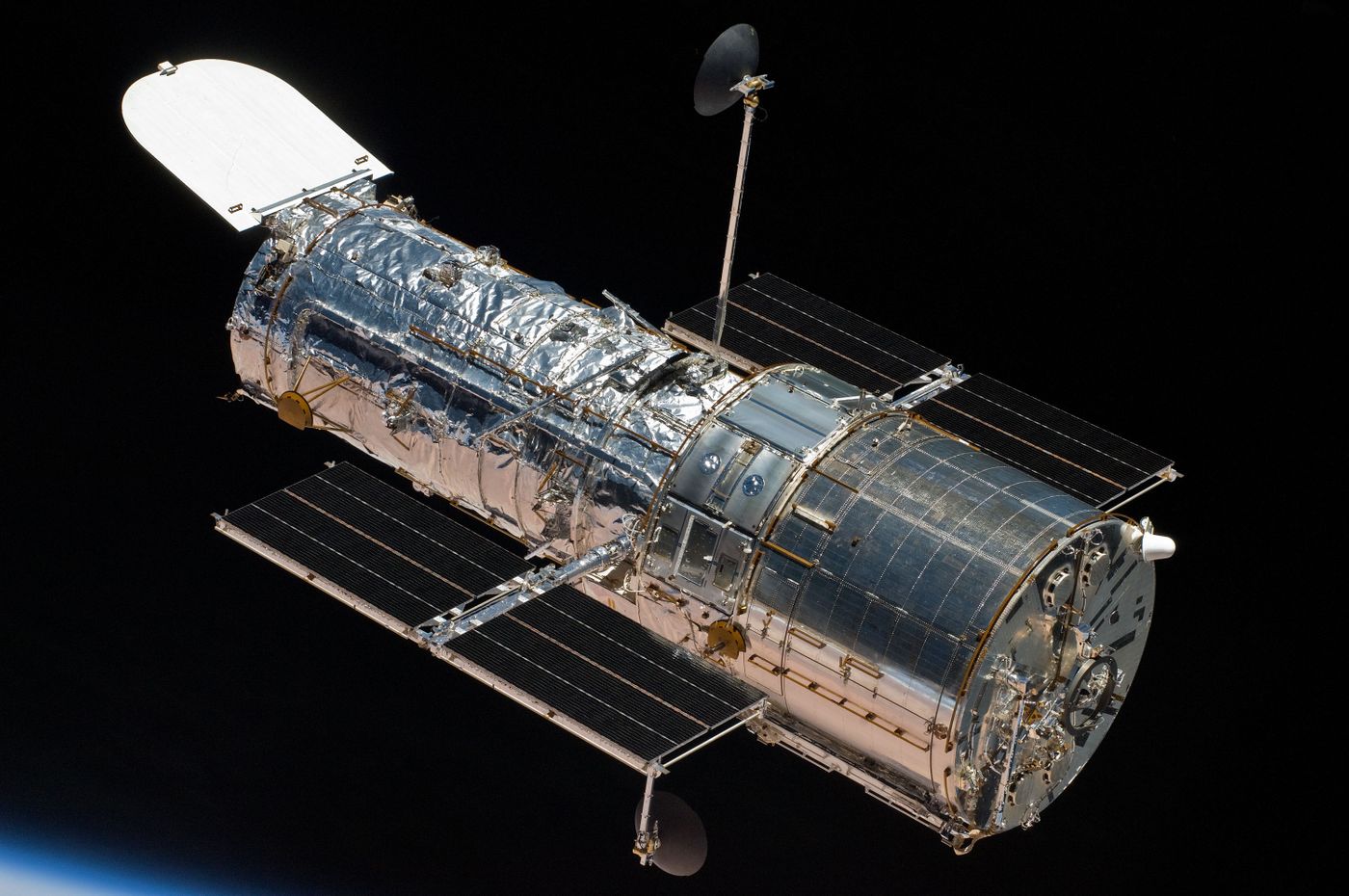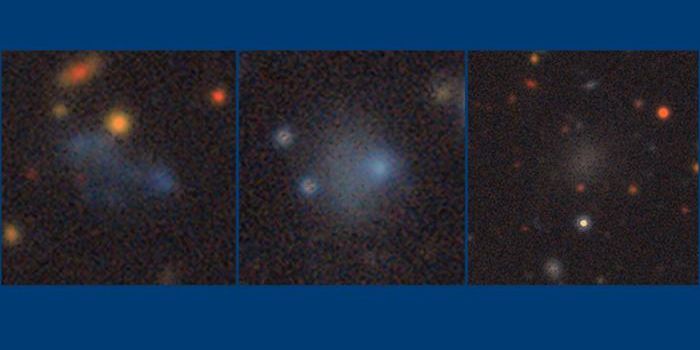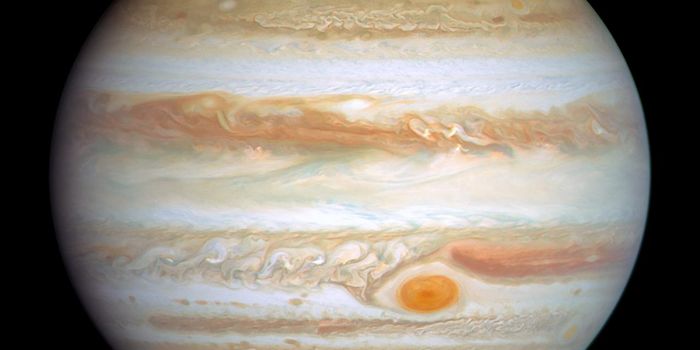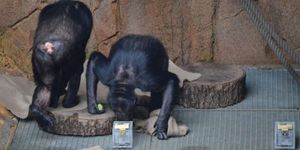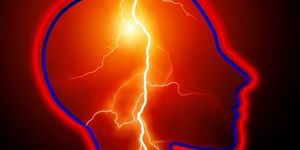NASA Fixes Hubble's Gyroscope Issue, Tests Planned for Near Future
On October 5th, NASA’s Hubble Space Telescope experienced a troublesome gyroscope malfunction. Onboard software attempted to rectify the issue by kickstarting a backup gyroscope that NASA built into Hubble for redundancy; unfortunately, an unexpected error landed the space telescope in Safe Mode until NASA could address the situation head-on.
Fast-forward a few more weeks, and NASA believes it may have solved the problem, but not without a plethora of troubleshooting steps.
Image Credit: NASA
At first, NASA spacecraft engineers attempted a hard restart, which involved turning the gyroscope off for one full second to clear any faults and provide the onboard software with a clean slate. Unfortunately, NASA didn’t see an improvement in the gyroscope’s performance after it reached full speed again.
Given the circumstances, the wonky behavior surrounding Hubble’s would-be backup gyroscope was attributed to a possible gunk or dirt buildup blockage that prevented it from spinning correctly to give the spacecraft proper orientation readouts.
Related: What should we do with the Hubble Space Telescope?
To break the gyroscope free of this potential blockage, NASA spacecraft engineers commanded the Hubble Space Telescope through a series of maneuvers on October 18th, during which the gyroscope switched back and forth between high mode and low mode.
The spacecraft engineers theorized that this repetitive motion would break away any gunk or dirt buildup that may have accumulated in the gyroscope over time to develop a blockage, and it now appears as if the idea worked.
Related: NASA's Chandra X-ray Observatory enters Safe Mode for unknown reasons
Following two days’ worth of maneuver executions, NASA began observing normalized gyroscopic data consistent with a fully-functional gyroscope. To be sure, NASA continued these maneuvers throughout the weekend, and as it would seem, gyroscopic figure readouts remained stable.
At first glance, it certainly appears like the Hubble Space Telescope is making a full recovery. NASA is now preparing for a few final tests before allowing the Hubble Space Telescope to continue scientific operations, something that curious astronomers are undoubtedly excited for.
With a little luck, perhaps the aging Hubble Space Telescope will hold on long enough for NASA to launch its successor, the continuously-delayed James Webb Space Telescope.
Source: NASA
